Walking on one of the most beautiful paths of eastern Crete, through black pine forests.…
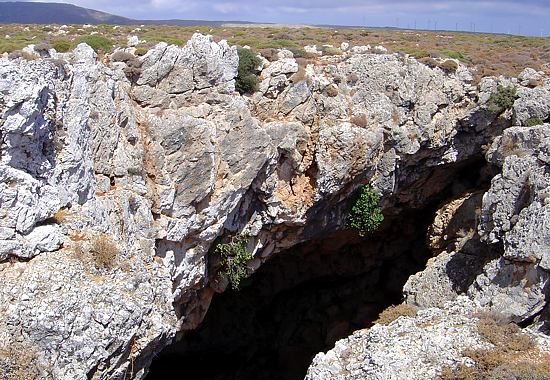
Peristeras Cave
The elevation at the entrance is 540 metres, whereas the elevation at the rim of the doline attains 564 metres. The village Karydi is built on a permo-triassic phyllites system, which penetrates in Jurassic limestone from the West to the East, where a cave is formed. It has the form of a quite sizeable sinkhole.
After the opening of the cave, a segment of the ceiling fell off, due to the erosional activity of the water and a huge doline was formed in front of the entrance, measuring 48 *26, it depth being 17-25 metres. Many rocks have fallen on the ground from many parts of the ceiling. At the depth of the cave, there are pitholes, through which the water that circulated in the undersurface bed once flowed. At the lowest part, the difference in elevation from the entrance is 63 metres. The cave was mapped and studied by E. Platakis on 10th August 1963. A more detailed mapping was undertaken by Anna Petrochilou in November 1969.
We enter a very big hall measuring 80 metres in length, 35 in width (max) and 2-12 metres in height. On the floor we observe many rocks, especially at the depth of the chamber. Almost in the middle of the hall there is a big rock and precipitous slopes are around it. At location (s) there is a fissure and at location (b) there is a chasm 0,80 * 0,70, its depth being around 12 metres, which probably continues westwards. Almost the entire hall is illuminated by daylight. Probably the hall continues to the west, but the rocks there do not allow for a further exploration. A narrow passageway at the depth on the left side leads to a series of arch-like chambers (after a precipitous descent for 4 metres).
That series of chambers ends up on the left part of the big hall. Chamber A (measuring 12*9*1.5 m) features a rich decor of stalagmites and pillars. We go to the left following a very ascending floor and we reach a narrow passageway after which chamber B opens up (18*11*1.5-6 metres). At the 1/3 of the course, a bit to the right we come across a precipitous slope of 6 metres. We continue on a very narrow platform over the slope walking past a spectacular series of marvelllous stalagmites and impressive stalactites hanging from the ceiling. At the walls of the chamber a to the right, the rich geological decor can be seen. Many rocks protrude from the floor, where the vestiges of an old fire and a human skeleton were discovered. Another one was found near the passageway at the end of chamber A.
A majestic gate (2 metres in width, 3 metres in height) leads to chamber C, whose total length is 36 metres, its width is 12 metres and its height varies between 0.5 and 4 metres. The chamber leads to the first bif hall. We have great difficulty in going through that chamber and we need to crawl for its most part. The floor is full of rocks. Its right wall is covered with beautiful natural decor and underneath, a pithole opens up, whose depth attains 5 metres.
In chamber D (8*4*0.3-3 metres) there are human bones nested in the bedrock. The total course in the cave is about 170 metres. It seems that the cave was used during the Sub-Neolithic period, the Early Minoan period and the early Byzantine period. During the Ottoman Occupation of Greece, the cave used to be a hideaway place for the inhabitants of the area. Stillation is observed at many parts, while the relative humidity of the air fluctuates between 85% and 99%.
Additional Info
Location: 27km from Sitia
Access: Path walking about 10 min
Facilities: Not organized
Αltitude: 540m
Star observation at Peristeras cave
During the evenning of July 28th 2014, many of us from Sitieia had the great experience to observe the venning sky and learn about Sitia geopark at the entrance of Peristeras cave.
Event was organised by Sitia Geopark and the Association of Friends of Music of Sitia.
Participants enjoyed preentations by Mr Vaggelis Perakis on the development of Sitia geopark, Giannis Daskalakis on the ecosystems of the Cave and Michalis Perakis on the Archaio-astronomy.
All participants enjoyed at the end the evenninig sky and the stars!
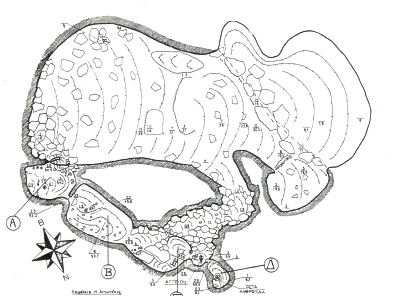
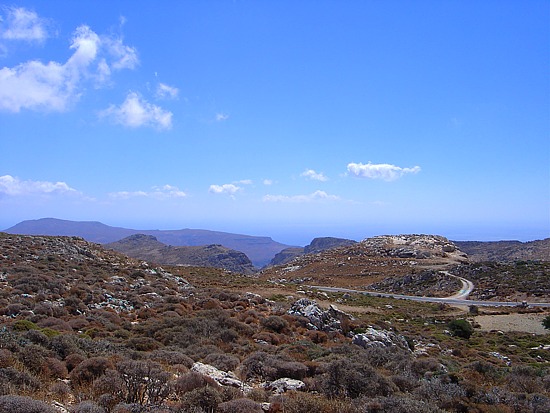
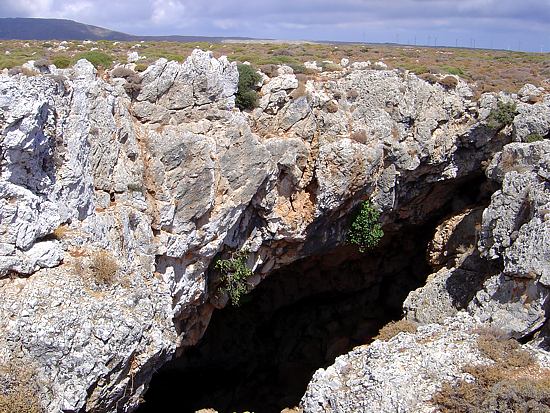
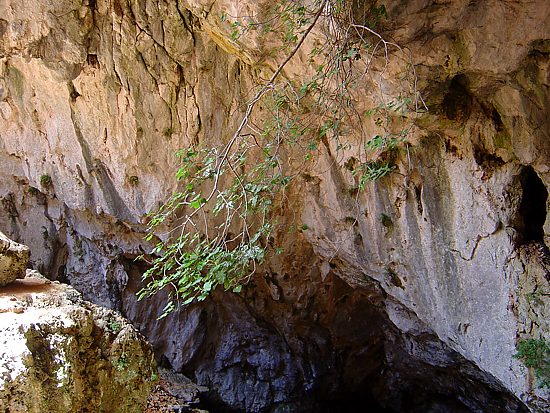
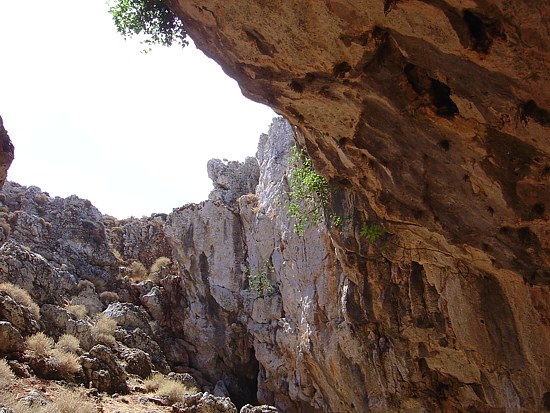
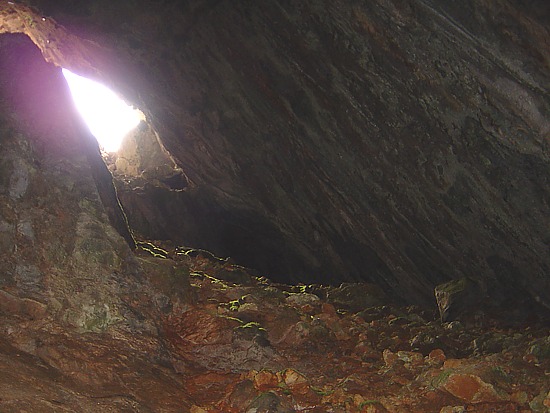
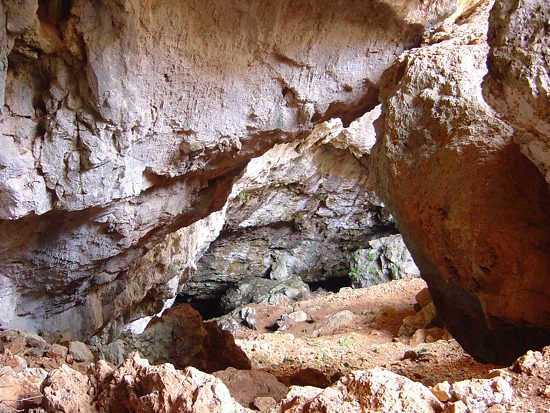
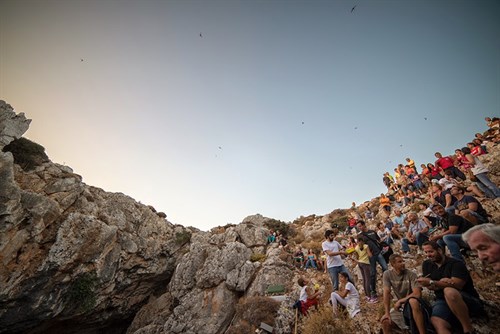
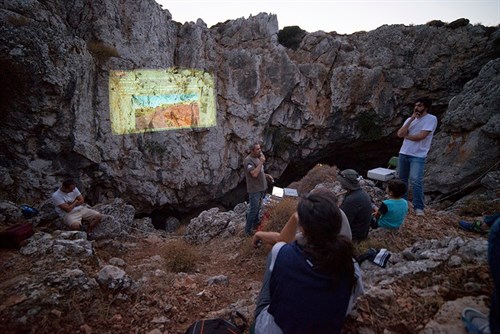
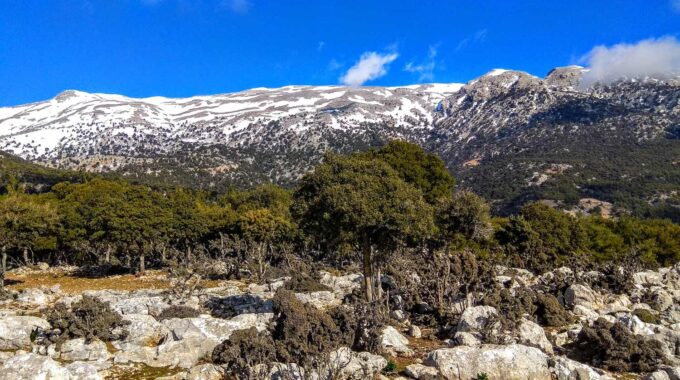
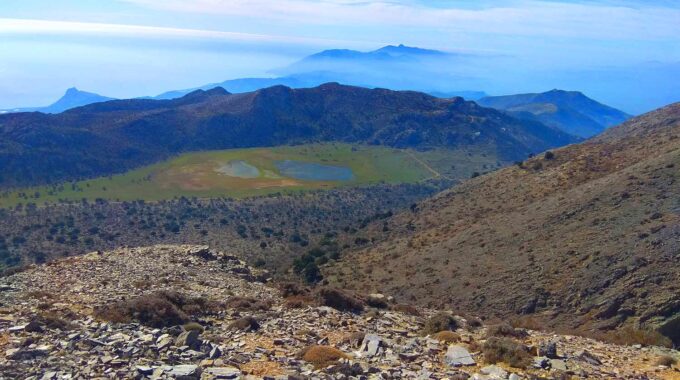
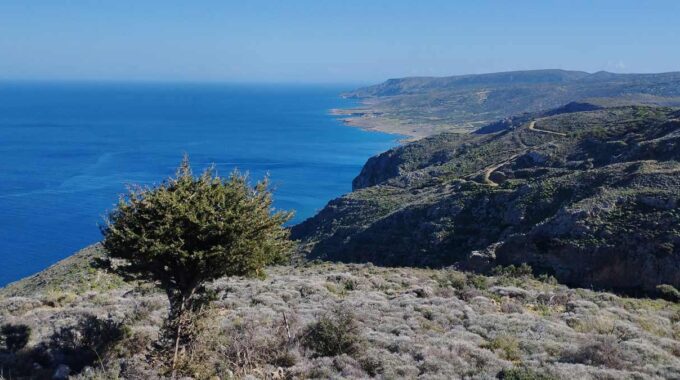
This Post Has 0 Comments